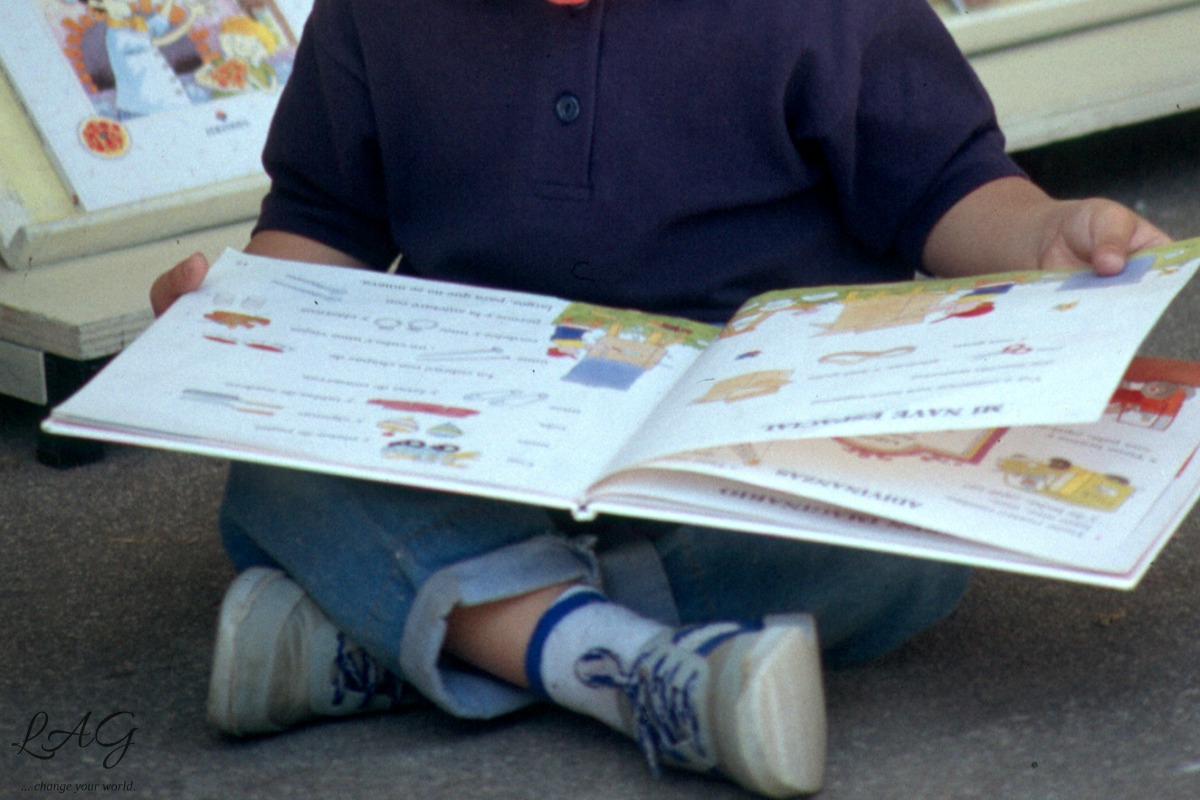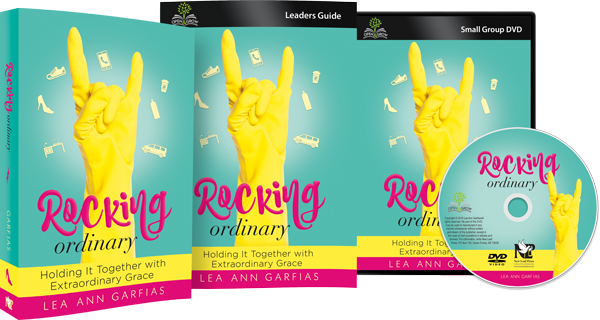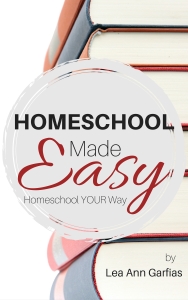Picture Books for Preschoolers
How to choose great children’s literature

One of my earliest memories is of the baby activity book Pat the Bunny. My father would read it to me on his lap, and together we would “smell the flowers in the garden” and “peek at baby in the mirror” and “feel Daddy’s scratchy face.” That book meant more than preschool sensory stimulation to me. It was time with my father doing what we would love sharing together for many years to come: learning and discussing at his knee. It is no wonder that when I learned I was expecting my first child, one of my first purchases was my own copy of Pat the Bunny for my own son.
Picture books do hold a special place in the early years of a child’s life. He will first learn to love words and pictures, learning and letters while listening to his parents’ voices over those pages. Parents understandably put great importance on these first books they read with their children.
Wise Words
In the lips of him that hath understanding, wisdom is found (Prov. 10: 13). Wise books display understanding of the world as God created it and life within His order. The family order, the created order, and the world order will all submit to His design. Children see a complete family in books like the classic 1930s Scott Foresman Elson Dick and Jane readers and Little Bear series (by Else Holmelund Minarik). Stories like The Tale of Peter Rabbit and Benjamin Bunny by Beatrix Potter illustrate the consequences of disobedience to parents and extended family members. Even cuddly stories like The Most Precious Thing (by Gill Lewis) teach respect for creation and contentment.
Lovely Pictures

Whatsoever things are lovely … think on these things (Phil. 4:8). Illustrations are often a child’s first, and most profound, exposure to the world of artistic expression. When I first opened Pat the Bunny after nearly 20 years absence, I still recognized the pictures of the flowers, the children, and the parents. My own children have a similar love affair with some of their favorite picture books on our shelves. One of my children, who is partially colorblind, like me, favors the vibrant red/blue/green palette of Margaret Wise Brown’s Goodnight, Moon (illustrated by Clement Hurd) and Red Light, Green Light (Illustrated by Leonard Weisgard). Another family favorite is Juan Wijngaard’s pictures of realistic animals and toys in Going to Sleep on the Farm (by Wendy Cheyette Lewison). I enjoy discussing the art books in the Baby Einstein series with my 2-year-old; he points out to me a banana in every single Van Gogh! More than just words, picture books contain art that is accessible and meaningful for children.
Sweetness to the Soul

Pleasant words are like an honeycomb, sweet to the soul and health to the bones (Prov 16: 24). The first books a child reads on his own are immensely important to him. I still remember my first paper “Owl” readers, and I am excited to find old vintage books to share with my children. They are also discovering their own favorites and have introduced me to Mr. Putter and Tabby (by Cynthia Rylant) and the Bob Books (by Bobby & John Maslen). Our favorite first readers have large, legible print and a plethora of pictures. The words may increase slightly in difficulty, but should not have too many new sounds. Chapter books are divided into short sections, and most readers can be read in a day or two by the beginner himself. Humorous stories, like those in the Frog and Toad series (by Arnold Lobel) keep the student entertained while he learns new vocabulary and reading skills. Appreciating literature independently is an important step in reading education.
Finding Good Books
We live in an age of remarkable intellectual wealth. Most of us own a library of books on our shelves that our ancestors could only dream of! Weekly, we foray to the public library to freely feast on fat volumes of information and entertainment on a variety of subjects.
I will set no wicked thing before mine eyes (Psalm 101:3) . There is a danger hidden in this wealth. Today’s bookstores and libraries are stocked with volumes specifically aimed at turning our child’s mind off of his important work, his heart away from his parents, and his soul away from God. It behooves us all to be wary what we choose to put into these small hands and before these small eyes.
Even the most careful parent may at times find himself reading an undesirable book with his child; this itself is an important teaching moment. One evening, as I read a highly-recommended book about a bratty animal shouting “NO” at her mother, I was interrupted by my preschooler. “I don’t like this book,” he said with a frown. I agreed with him, but did not put the book away immediately. Instead, we discussed why did he not like the book (he was disturbed that the animal did not receive the consequences of talking back to her parents) and at what point did he notice (he sat through nearly the entire book before he realized she was being rewarded for her wrong actions). Taking the time to discuss the author’s message in light of the Bible has helped my children develop their own sensitivity toward good literature as they grow. Teaching discernment is a difficult but important part of reading education.
Finding Good Books
One way to help choose good books is to begin collecting lists of books. I have several such lists that I have accumulated over the years from older homeschool friends, publisher catalogs, and even “books about books.” Every time I hear of a good book or a list of great books from a source I like, I write it down and toss it into my library bag. We have not read through all my lists yet!
Another wonderful way is to seek out old favorites. Reading the books you once loved with the children God gave you now is a fresh pleasure. I have laughed at their interesting perspective on my choices and learned to see some old friends with new eyes.
Grandparents are a wonderful resource. They read classic books from the “golden age” of children’s literature in the 1930s, 40s, and 50s and may have some of the valuable copies stored away in an attic or garage. Many old, vintage favorites from the turn of the century are being reprinted or sold by used booksellers online, too.
Your librarian would be delighted to show you the Newberry and Caldecott winners in the library’s collection. Though the latest years’ winners may not suit your needs, the winners from several decades ago represent some of America’s finest children’s literature. Most libraries have lists of winners available by request.

Begin judging books by their cover, literally. Oldie-but-goodie picture books will have the old-fashioned plastic cover you remember from your childhood. The cover art will be in a vintage, “Dick and Jane” style (think of Blueberries for Sal by Robert McCloskey). The illustrations may be in only two or three colors or represent pen and ink drawings (like Mike Mulligan and His Steam Shovel by Virginia Lea Burton, my father’s favorite). Our favorite library books “smell like the library.”
But to really know if a book is going to be good, you must open it and look at a few pages inside. By glancing at a few illustrations and reading just a page or two in the middle, you should get a good idea what a picture book is all about.
- Are the illustrations appropriate, attractive, and interesting? Don’t choose ugly pictures.
- Is the lesson of the story moral? Every author is teaching the child something.
- Is the humor appropriate? Make your decision about bathroom humor, gender issues, and authority.
- Is the portrayal biblical? Even a pretend story should illustrate God’s principles for family, sin, work, authority, subduing creation, love, etc.
- Does the work contain evil? Evil exists on the bookshelf as sorcery, demonism, immorality, rebellion, vulgarity, and more.

And while you are going through the library shelves, don’t tie your child’s hands, either. One of our favorite “finds” is a book my son pulled off the stacks one afternoon while I was carefully choosing “just the right books” for him. He was certain that this large, thin volume with a funny picture of a cow on a boat was the must-have of the library bag. I reluctantly checked it out, but quickly fell in love with it. Soon, we simply had to own Farmer Enno and His Cow (by Jens Rassmus) for ourselves. I still read it to myself! The pictures are imaginative, the story is quirky, and the message speaks to me on many levels. My son was right; I simply had to read it.
Reading quality picture books with your child whets his appetite for great literature yet to be explored. Utilize these fascinating resources to incite his curiosity, build his character, and broaden his horizons. You both will build lasting memories while you do so.
First published in Home School Enrichment magazine Jul/Aug 2010.








We love picture books here at this house. I have enjoyed using Five in a Row with all 4 of my children. Even for those who don’t want to use the Five in a Row curriculum their book lists are very helpful for good suggestions.
Also another great resource are 2 books by my friend Cay Gibson, a homeschooling mother in Louisiana. She has written a Picture Perfect CHildhood and Literature Alive. Both are excellent books about making the most out of picture books and include some good lists too.
LikeLike
I like Five in a Row, too. They do have good selections, and I found many of the suggested activities and lessons were so thought-provoking when I was just starting out teaching my young children. Good suggestion, Jennifer!
LikeLike
We just discovered “Snowflake Bentley” through the Noah Plan reading list. I just read it to my 5 year old this morning and he loved it.
LikeLike
I’m going to look for that one. Thanks!
LikeLike
You won’t regret finding it. 🙂 The Noah Plan gals and guys use that book to show how God created Individuality in the universe and into each of us.
LikeLike
Our new favorites are various animal books by Jim Arnosky. After reading McClosky’s “Make Way For Ducklings,” Monkey wanted to read more books about ducks. “The real kind,” he let me know. He was very interested in fictional stories about animals that were portrayed in their natural habitat instead of say a duck who lived in a human house and did people-type things. We’ve read about four or five of his books now and have loved every one.
LikeLike
We like “Otters Under Water.”
LikeLike